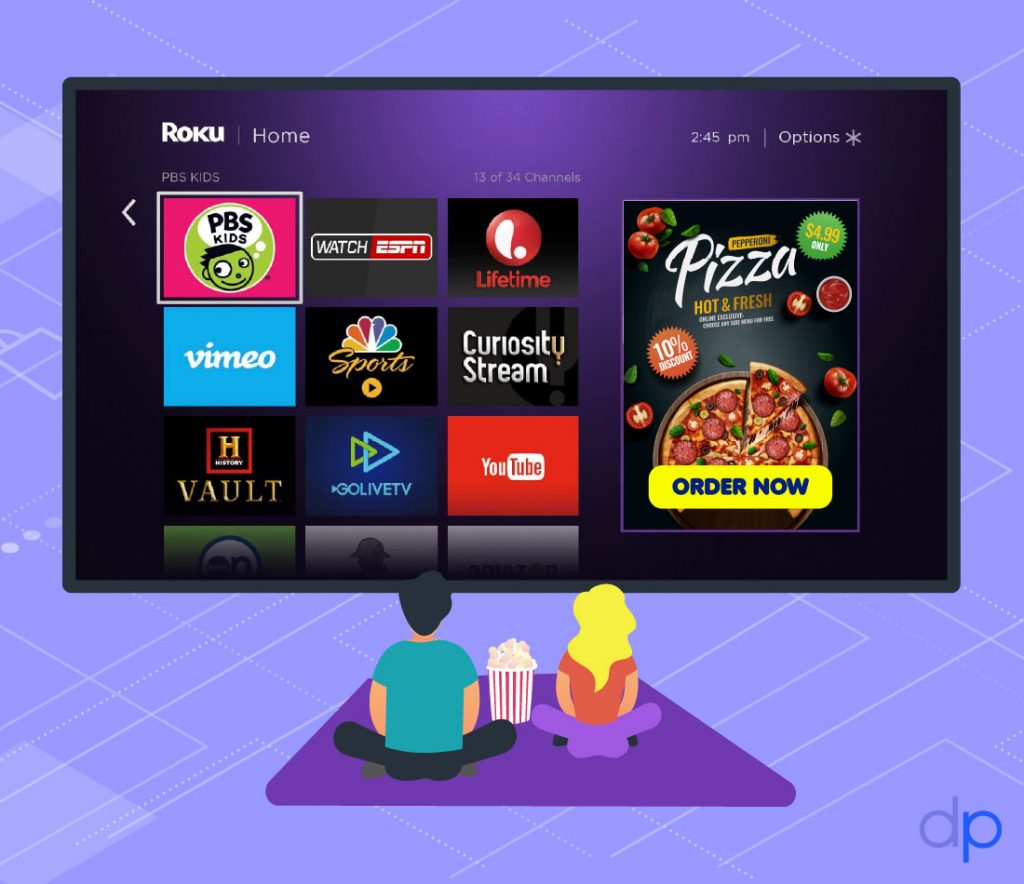
Even though today those days might seem remote, there was a time when paying for movies, newspapers or music was not a choice. It was the only possible way to access and enjoy content. Most people never thought about the possibility of not paying for it until the Internet changed the situation dramatically. Then free content became normal. But there is nothing really for free. Is there? and consumers quickly realized that they were not only consuming content, but also ads like never before. However, seeing a few banners was really a small price to pay compared with the great benefit of accessing awesome videos or reads without spending a single cent. But now, is the business model changing for publishers?
The rest of the story is well-known to all of us. From regulatory changes to ad-blockers (not to mention blacklisting in the current situation), the obstacles for publishers to monetize their content only through advertising have made obvious that a single leg business model leads automatically to an early dead of the whole project. This is the reason why publishers haven’t just moved from advertising to subscription. Instead, to a more complex plan where diversification is the cornerstone.
Subscribing or not subscribing… is that the question?

Alone, the option to access specific content without ads is not powerful enough to subscribe to any service (ad-blocking software has skyrocketed over the past ten years). That’s why the quality factor plays a major role here. Premium-content is not called like that because it costs money, but because its quality is higher. If we can afford it, we want the better option, right? And we can afford it, because subscriptions to OTT-video services, newspapers, music streaming providers… are actually fair. Even cheap for some people, but mostly not expensive in general. Also payments are easy and secure and content is being increasingly consumed in-app, which is extremely practical.
Apart from subscriptions and advertising in all forms, affiliation, sponsorships and partnerships are usually interesting sources of revenue. Though, only for those publishers who have managed to build a solid product. However, cases like the recent Amazon cuts to affiliate commissions are a good example of how much that part of the business depends on factors totally out of the publishers’ hands. Sponsorships and partnerships, however, might end up being a more manageable source of revenue. Also, a good indicator of whether the content production is actually meeting its audience’s demands.
Other ways to monetize content
Nowadays, affiliate monetization schemes leverage almost exclusively tailor-made promotional content. Partnerships and sponsorships, even if they often take advantage of other forms of content like e.g. branded content, are in principle organically in-line with the publisher. Not only with their general content production, but also with their views and goals. Therefore they tend to be long-lasting, solid sources of revenue. Even if they might not represent a huge percentage of the income of most publishers, they are strategically important.
However, the evolution seen during the past decade along with the changes brought by the current crisis, have made clear that publishers are wisely changing their old monetization model. They are evolving towards a more diversified one, where advertising is still very important, but that also leverages key tech advances or milestones (e.g. micropayments for subscriptions), creativity (e.g. some publishers offer new -mostly premium- products) and emphasizes the importance of of quality as a key factor for the business to exist.
How is media consumption changing?
Before, people needed to pay for news, music and entertainment. However, nowadays a lot of content can be consumed for “free”. Yes, quotation marks included. Publishers need a way to monetize their content in a way, so ads have become more prevalent with time.
How can publishers monetize their content apart from ads?
New monetizing methods have appeared, like subscription models, using micropayments or offering premium products.